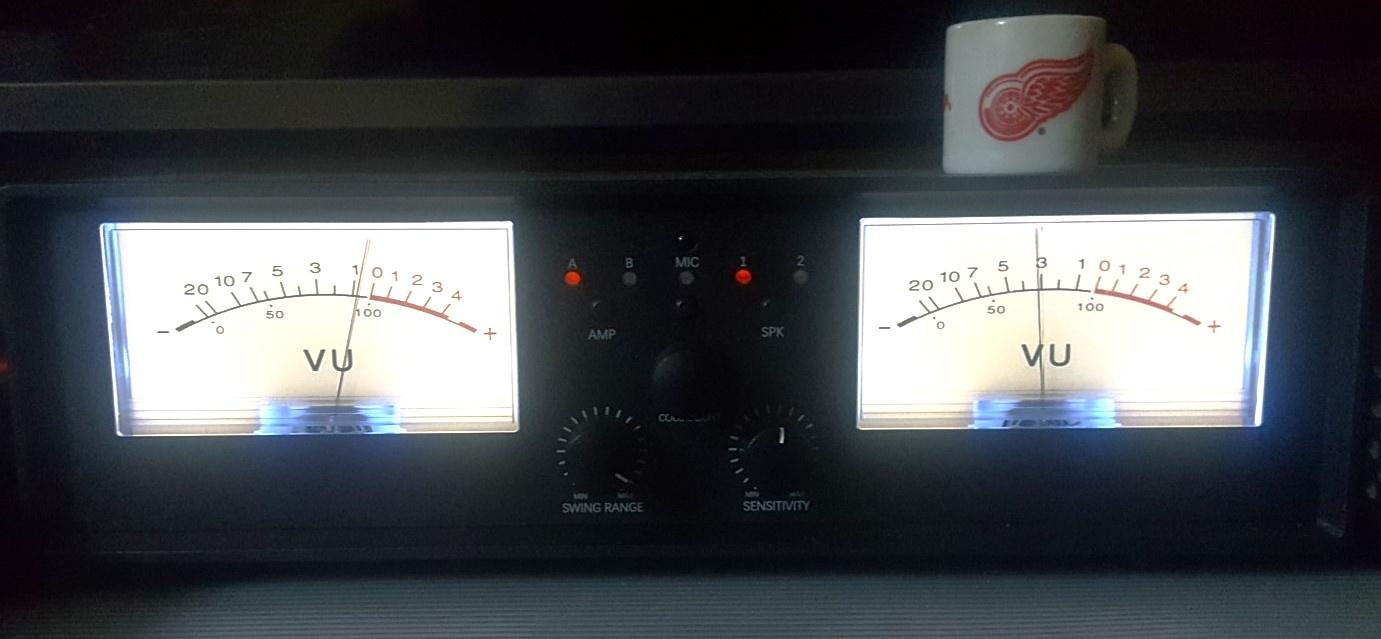It turns out I use my basement home theater system a lot more than I thought I would, I may buy another Pioneer VSX-534 (refurbished) for my basement system in order to get MCH SACD decoding.
My new idea is to use my old Pioneer VSX-D514 (or if it dies, my VSX-D209) and a VSX-534, depending on the source, I'd use an old Pioneer or the new one.
I time shift movies from Hulu and max using VHS Hi-Fi which can store Dolby Surround encoded stereo only (apparently downmixed as part of the streaming process from whatever type of surround sound is used in the movie).
The 534 doesn't have (original) Dolby Pro-Logic decoding, both the D514 & D209 do, also, the 534 doesn't have 4 analog inputs, both the D514 & D209 do (for a CD-4 demod output).
Seems all I need is a switch to switch the 4.1 speakers from one receiver to the other, anyone else doing this type of thing in order to take advantage of decoders and inputs unique to various receivers (inconveniently, many of the remote control signals are the same for these receivers, looks like using the front panel switches only on the older receiver is a good way to handle this)?
Kirk Bayne
My new idea is to use my old Pioneer VSX-D514 (or if it dies, my VSX-D209) and a VSX-534, depending on the source, I'd use an old Pioneer or the new one.
I time shift movies from Hulu and max using VHS Hi-Fi which can store Dolby Surround encoded stereo only (apparently downmixed as part of the streaming process from whatever type of surround sound is used in the movie).
The 534 doesn't have (original) Dolby Pro-Logic decoding, both the D514 & D209 do, also, the 534 doesn't have 4 analog inputs, both the D514 & D209 do (for a CD-4 demod output).
Seems all I need is a switch to switch the 4.1 speakers from one receiver to the other, anyone else doing this type of thing in order to take advantage of decoders and inputs unique to various receivers (inconveniently, many of the remote control signals are the same for these receivers, looks like using the front panel switches only on the older receiver is a good way to handle this)?
Kirk Bayne






